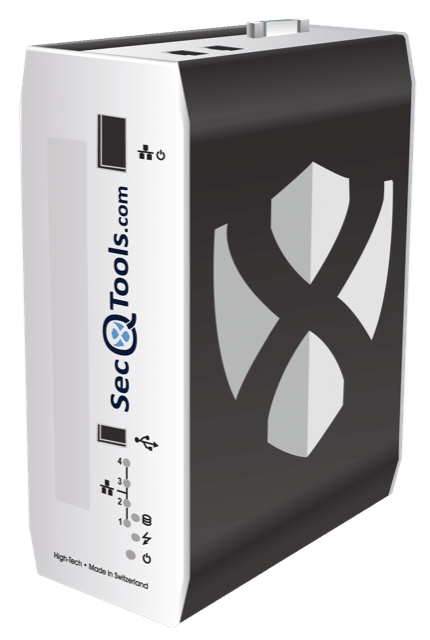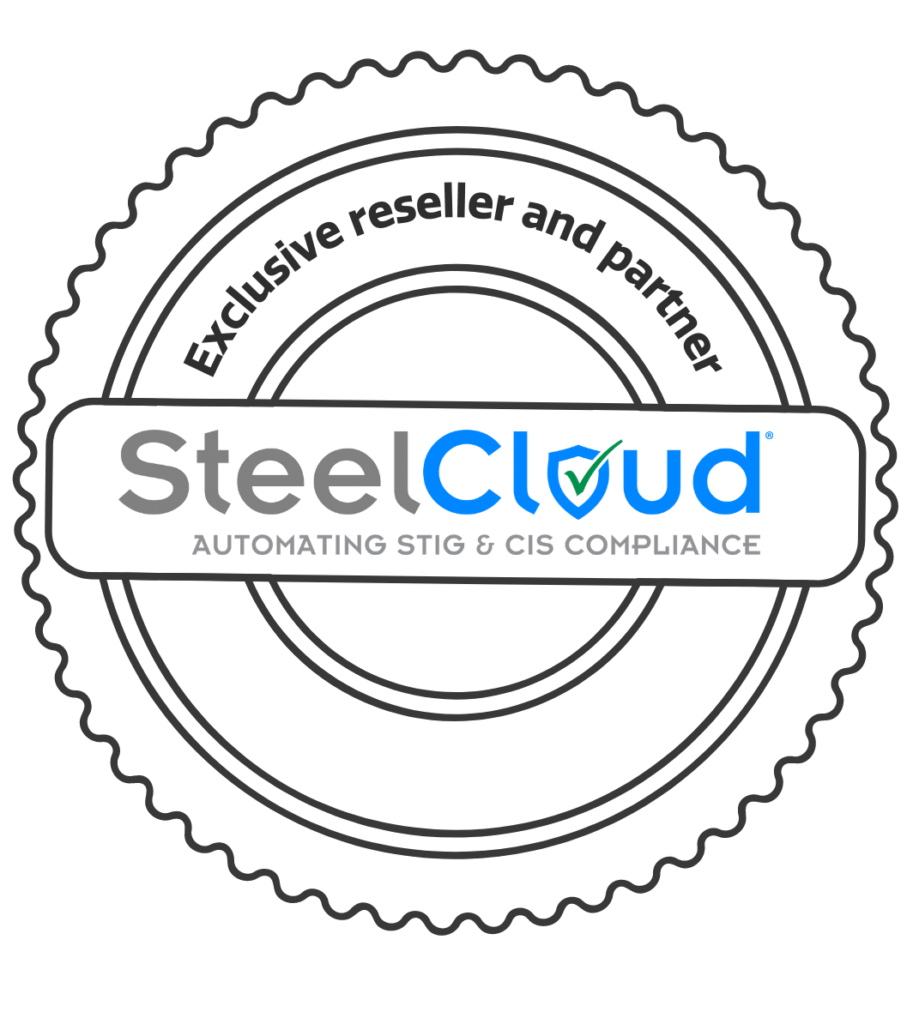Achieve unmatched full control, in-depth defense and extend the life cycle of mission-critical “legacy” assets while being compliant.
Have deep packet insight into data communications at machine level to achieve cost reductions. Become and remain fully compliant with the latest requirements and protocols.

Based on decades of in-house operational experience with legacy assets within critical infrastructure and airport’s aXite Security Tools developed a program to fully protect and manage critical technical installations in most secured environments. aXite Security Tools has developed a program to fully protect and manage critical technical installations in the most secured environment, based on decades of in-house operational experience with legacy assets in critical infrastructure and airports.
With vulnerabilities present at every level within an operational environment, measures need to be taken to harden the system. Presence at a low machine level delivers additional data analytics to manage and balance capacity efficiently, for these mission critical systems.
aXite Security Tools brings you “Peace of Mind” with its unique industrial cybersecurity products, the AX-BOX Gatekeeper and the AX-CONTROL Keeper. Connected to the AX-CONTROL Platform, it fully automated monitors, manages and protects your technical system and it delivers Full Control and Configuration Management for your operational equipment. It generates insight into data communication which creates possibilities to execute data analytics for Cost Saving or Performance Improvement programs. Additionally, aXite Security Tools provides Support and Consultancy to execute these programs.

Unique and patented Security Tools are developed to secure assets in operational environments:

The AX-CONTROL Platform provides automated and real-time insights into changes and anomalies in approved configurations. The ability to notify authorized or non-authorized access, is part of the ‘ZERO-Trust‘ for legacy end-points programs in the field.

Given the essence of threat hunting or specific assets analytics is essential, 24/7 support is available, tailored to specific needs and contexts. Any data gathered can be shared with any monitoring system and will directly be investigated by the Security Operations Team (SOC).

aXite Security Tools adopted the MITRE ATT&CK ICS matrix to create awareness of different attack scenarios. We advise on how to defend against them and how to meet compliance requirements.



Full Control Industrial Cybersecurity made by technical experts with decades of experience in a wide range of production environments.
Expertise in technical installations in production environments that run on new and outdated operating systems. Securing these "legacy' control systems, which can make connections and communicate with other equipment and other components within the system via the network.
Experience with clients that operate 24/7 operations, and with technical systems that should always maintain their functionality and availability. The developed change management procedure ensures configuration integrity.
Expertise in cost-saving and performance improvement programs, to increase the load balance of machinery and the total system capacity and extension of end-of-life.
Experience with clients who demand real-time auditable compliance of systems. Fully automated hardening and change control will install a safe fence against known and unknown vulnerabilities.







Dutch product, made by technical people with decades of experience in technology and different operational environments.



